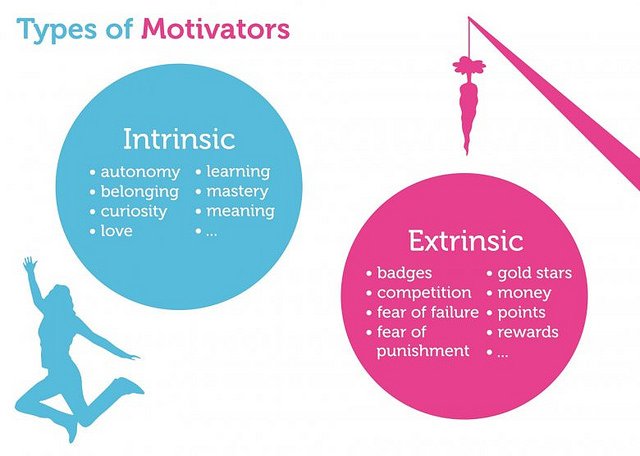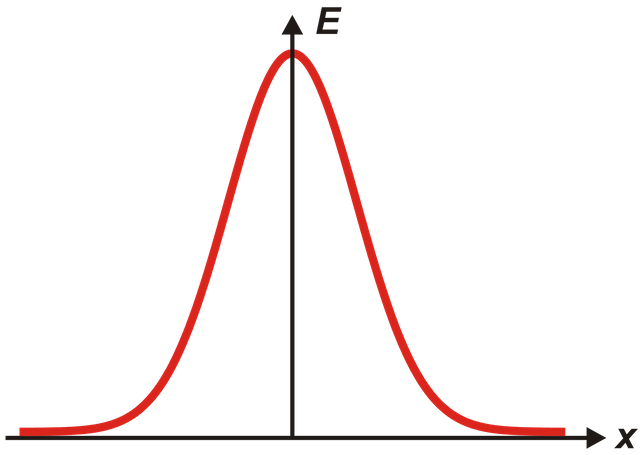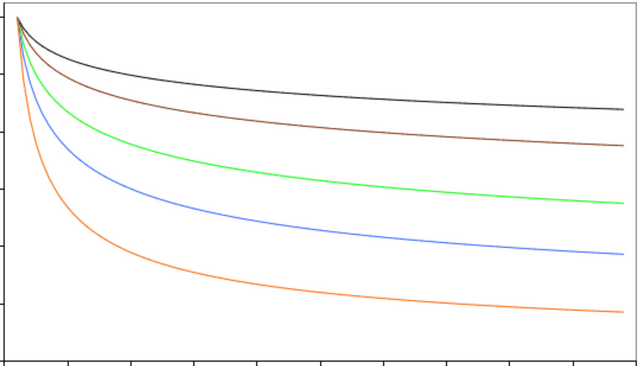Why on Earth do we need performance appraisal? (Part Three)
"Managers don't like it"... "Employees don't like it"... "It takes a lot of time to do it"... "Too much administration"... "Performance cannot be assessed objectively"... the complaints about the process are endless. Probably it is the most debated managerial responsibility nowadays. - Still, I am convinced that there is a better way of doing it but first, we have to understand its role and purpose.
In the first part of this series, I was writing about the reasons why we need to evaluate performance, then in the second part, I summarized the common characteristics of performance appraisal systems. This part is dealing with how the appraisal helps us to build a growth mindset.
At the end of the last part, I concluded that an effective performance appraisal system not only measures performance but also improves it. But how can we develop a growth mindset, how can we convince our employees to develop their skills?
Internal motivation
The key driver of development is internal motivation. Everybody would like to improve; this is what the traditional master-student relationships were built on. However, as soon as the external motivation appears (payment, bonuses, advancement, raise, etc.), the internal drive drops significantly. Internal motivation means that we are doing something because we find it interesting or challenging, or we choose the activity out of curiosity or because it helps us to develop or self-actualize.If we combine the feedback conversation with the one about the reward/bonus for performance then employees will focus on the external rewards and their motivation to learn and improve their skills will diminish. So we have to separate these two from each other (ideally there would be min. 3-5 weeks between the two).
Low performers and high performers
A good performance appraisal system is able to identify those with the potential to grow. Many organizations try to force their appraisal results under a so-called Gaussian curve. This is the normal distribution, meaning that there are a lot of average performers, whereas only a few perform higher or lower than the average. But is it really the case?
Considering that the basis of evaluation is the manager's expectation (this should be around the average as I have pointed out in the previous part of this series), surely there will be many around or below the average if you are having challenging-enough expectations - much more than above. So the curve should be closer to a power function than to the normal distribution.
Looking at this curve, you can see that there is a great opportunity for development - on an organizational level everyone can profit if we identify and start to improve those having potential for growth. And in what ways can they improve? Well, we just have to take a look at those at the right side of the curve, the well-performers and identify the reasons for their better achievement. A good evaluation system not only identifies underperformers but high performers too and takes measures to satisfy them and to try to make them stay loyal to the company.
Feedback for growth
Giving good quality feedback, one that will inspire for growth requires appropriate skills. It is not all the same how we phrase our feedback and what is our focus. Carol Dweck was running incredible research showing the power of the proper feedback. She proved that the feedback that will motivate the receiver for growth and improvement will focus on the effort instead of the personality. Employees praised and appreciated for their effort, initiative and responsibility will not "safe-play" trying to protect their self-image but will take reasonable risks trying to learn and improve their performance.
This is what she called the growth mindset. And it can be achieved within a short period of time with the appropriate feedback. Here you can find a short video summary of this exciting research:
Source
So a good performance appraisal system is able to identify those with a potential to grow and give them feedback in a way that they will be motivated to learn and perform better.
In the next part I am going to deal with the managers' responsibility in having correct and honest evaluations. Stay tuned! 😊



